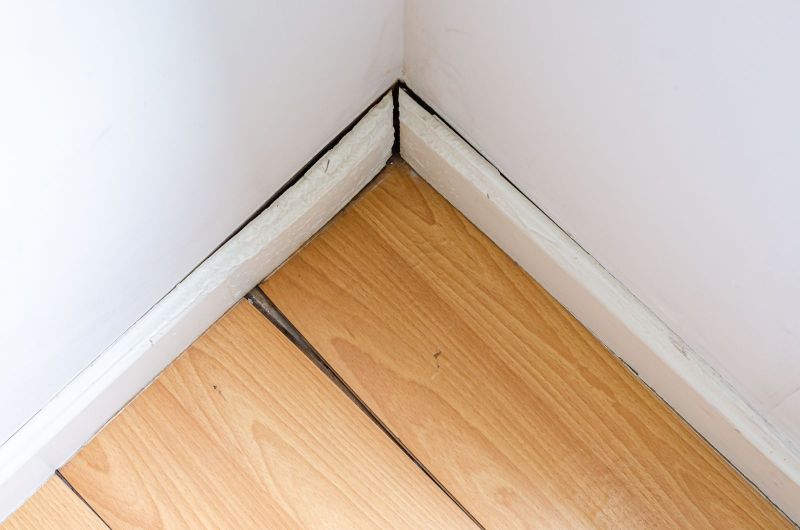When pulled by gravity, water flows downward. This means that any water will be on the search for the lowest point of an area and will be sure to find the smallest openings possible as well. For homeowners, this can mean disaster. The lowest part of many homes is the basement. When it floods, the water can seep through walls of the home that were left unsealed. You may also find that a broken washing machine hose or the toilets in the home can also cause a small but disastrous flood in the home as well.
Regardless of the reasons for your basement being wet, you need to make sure that the drying process is appropriate. This means you must take into consideration the special process and equipment that is needed to make sure the job is done properly.
Supplemental Heat
Basements aren't always heated, and they are often kept at temperatures that are much lower than the temperatures you would find throughout the rest of the home. For this reason, supplemental heat is needed to help speed up the evaporation process and dry the area.
Supplemental Ventilation
Many basements also don't come equipped with many doors and windows so you will find the air exchange to be pretty low. This is why industrial fans and other specialized air-moving equipment is needed to help speed up the drying process while also effectively removing the humidified air from the wet basement. The equipment helps pull in the drier air that can be found outside.
Utilities
When there is any kind of flooding in the basement, you should have your utility services (i.e., your gas and electric companies) come in and assess the situation. They will evaluate the basement for safety and can shut off the services until the drying is complete.
Contaminants
Many homeowners store their more dangerous substances in the basement; for example, paints, solvents, and pesticides. If this is the case, then the flooding may cause these substances to become damaged, or they can be released. Therefore, proper handling needs to be done, so everyone who enters the basement for the drying process remains safe and unaffected by these potentially dangerous substances.
Ground Soil Vapor Barriers
Basements are also often exposed to humid soil through any crawl spaces there may be as well as dirt floors. For these cases, professionals will need to install or restore vapor barriers, so no additional moisture is pulled in from the soil during the drying process.
Air Pressure
Air pressure during the drying process can force humidity into surrounding areas of the home that have cooler temperatures and surfaces. When this happens, condensation forms which can ultimately cause secondary damage.
If you are experiencing any kind of flooding or water damage in your basement, it is essential that you call in the professionals because it can also cause significant damage to the structural support of your home. Trained professionals like those at Disaster Response will know just what to do and can save you from all the headaches that often come alongside flooding.

